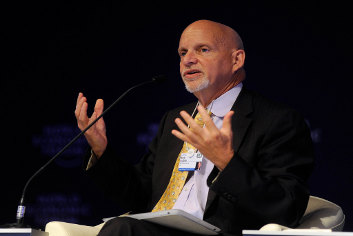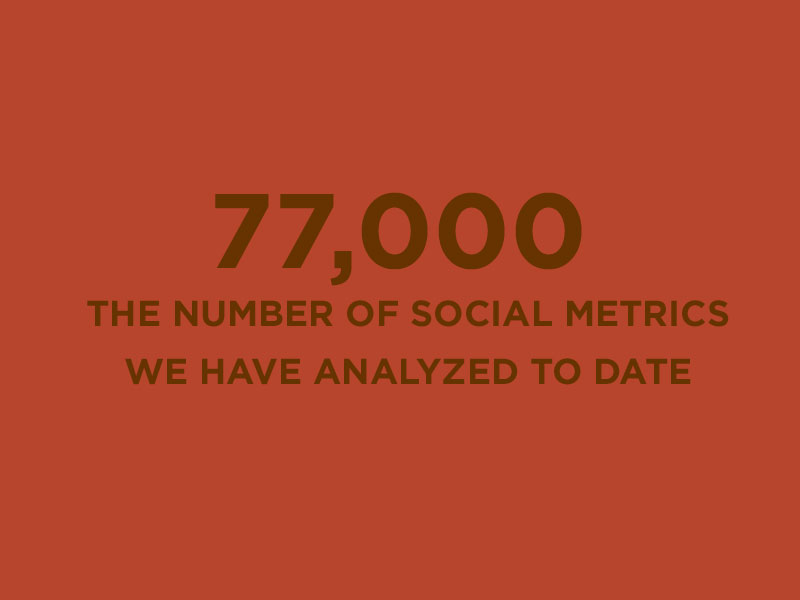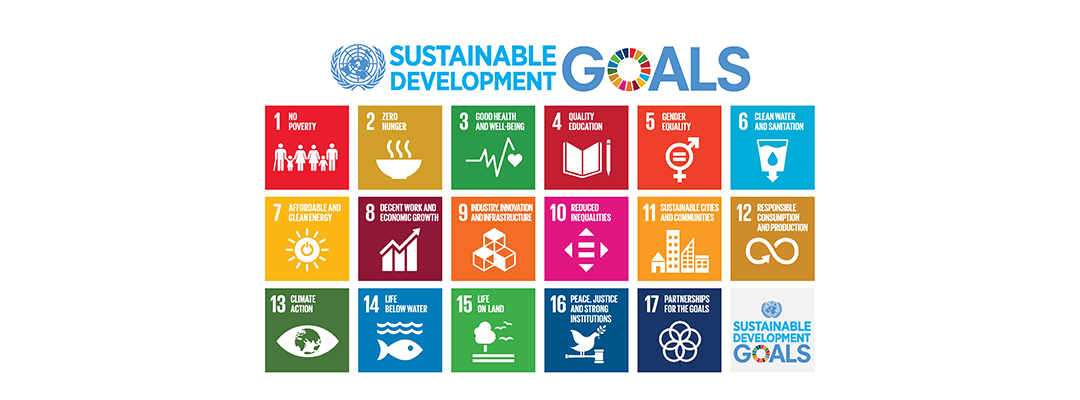
Brianna Lee Welsh
Blockchain: a portmanteau that only a few years back had barely been conceived, but as of late has become commonplace in corporate vernacular. An esoteric technical concept, the blockchain has been hyperbolically touted as the panacea to the world’s biggest problems. Much like the internet during the dot-com era, blockchain’s technological framework is almost comically complex given its relative ubiquity, and similarly rose to fame through hyped cycle of investments, leading to an extreme peak, and the equally as magnificent crash, of Bitcoin.
Speculative bubbles aside, the blockchain technology underpinning Bitcoin has received justified attention in recent months for its disruptive potential. But while some industries were quicker to jump on the blockchain bandwagon, the power sector took a while to perk its ears. That was until a slew of budding energy startups popped up, claiming more than USD $500 million of investments in 2018 alone, forcing the typically stagnant industry to pay close attention.
And since that figure is predicted to hike to a whopping USD $23 billion by 2025, it is simply impossible to ignore. This has led to some incumbent utilities and governments exploring ways to integrate the distributed ledger technology into their operations, a change that will likely lead to unprecedented measures like deregulation and privatization.
So what’s the big fuss about blockchain and energy?
Consider the complexities associated with the energy sector – it is responsible for monitoring, distributing, allocating and managing geographically decentralized supply and demand, pricing, surge times and permanent grid security and stability. And it must do this automatically, predicting and reacting to market signals and big data-interpreted energy demand peaks. Blockchain’s automated contractual capabilities, data transparency features, security mechanisms and infrastructure to facilitate decentralized, trusted, peer-to-peer transactions, makes it uniquely positioned to provide real value to a sector that has historically been slow to modernize.
So how exactly can blockchain supplement or entirely eliminate traditional energy infrastructure? Let’s explore below.
The Sharing Economy
The concept of “ownership” is almost anachronistic in today’s age of the sharing economy. Peer-to-peer networks have disrupted everything from taxis to hotels to babysitting and cooking. It has now arrived in energy.
Thanks to the deployment of IoT-driven devices like smart meters, the management and movement of data like energy generation can be autonomously controlled. This offers the industry an entirely new business model unlike anything its predecessors of the industrial era could have dreamt of.
Historically speaking, the centralized energy system has been unidirectional: from generation to transmission to distribution to consumers. All done via a captive, typically state-owned monopolies that can leverage predatory pricing at their leisure. But the incorruptible distributed ledger of the blockchain is shaking things up. Introducing the concept of peer-to-peer energy markets – where one household producing energy, perhaps via a solar panel on their roof, can profit off any excess energy they generate by selling to the grid (net-metering) or directly to a neighbor.
This empowers the consumer to control their own energy usage, simultaneously reducing their energy bills and profiting off the sale of any surplus energy they generate. The lack of centralization entirely eliminates the need for a central authority.
Thinking on a larger scale, self-executing and pre-programmed smart contracts can be set to allow prosumers to feed surplus energy into the grid through a blockchain-enabled meter. The flow of electricity can be automatically coded into the blockchain with algorithms matching buyers and sellers in real-time based on calculated preferences. Smart contracts then execute when electricity is delivered, triggering payment from buyer to seller.
Removing financial transactions and the execution of contractual commitments from central control brings a whole new level of decentralization and transparency, resulting in a ‘smart grid’ – one that can optimize itself during peak periods to connect to the central grid, or operate independently on a local scale. From efficient transmissions of electricity, to rapid restorations of power, from cost efficiency to lower electricity rates, and increased integration of diverse energy sources to increased intelligence of energy needs, the smart grid will bring myriad benefits to the evolving energy ecosystem.
While most of these startups are in their infancy still, the concept has been demonstrated in a few advanced markets such as Brooklyn and Berlin, but also in less developed (and captive) markets like rural Thailand. These microgrid concepts are proposing energy trading by owners of small-scale generation selling directly to other consumers, bypassing the grid entirely.
The decentralization of energy systems democratizes information and allows individuals to make better-informed decisions. As a tool, blockchain smart grids could help to reduce inequality and provide cheaper, cleaner energy to both areas with developed electricity grids and those entirely disconnected from any electrification.
Smart Energy Grid
In theory, the market dynamics of supply and demand could be entirely outsourced to the blockchain. Companies leveraging blockchain platforms can be automatically identified of network anomalies, calling out inefficiencies, blackouts and balancing generation with usage, increasing grid resilience to both physical and cyber interruptions. To further support the energy transition, blockchain can balance times of shortages or outings and manage supply and demand matrices extremely efficiently, which are the most frequently referenced arguments against holistic renewable energy adoption.
Blockchain’s real-time data monitoring can support the network achieve stability and on-demand grid reliability from variable or intermittent renewable energy sources through load sharing. By diverting excess electricity into storage automatically, or when generated power output is insufficient, the blockchain can automatically insource additional energy to satisfy a temporarily increased demand.
This can provide a greater degree of freedom for consumers, optimize the transaction of electricity over a wider network to bring down costs, and achieve a greater integration of variable renewables. Blockchain could control network flows and flexibility options, thereby avoiding curtailment of solar and wind energy.
The Energy Web Foundation (EWF), in collaboration with more than 50 affiliates from around the globe, is developing an open-source, scalable blockchain platform tailored for the energy sector. The Energy Web chain is designed to handle the transaction throughput required from the emerging decentralized electrical grid. Their D3A tool is an energy market design platform that balances the grid from the edge up, not the top down. “It functions like pieces of digital DNA, providing the foundational blueprint for each cell of the system without centralized dispatch, like a conductorless orchestra playing a harmonious symphony.”
Global Electrification:
As of 2018, nearly 1 billion people – around 14% of the global population – did not have access to electricity. While clearly an immediate priority to elevate standards of living and health and safety in these regions, electrification is an expensive process that faces both infrastructural and financial hurdles. Development of power plants, installation of power lines, and management of financing are highly complex processes that require sophisticated mechanisms and credit-worthy off-takers.
But blockchain’s ability to connect disparate communities on decentralized energy sources like solar PV and wind can serve as a cost-effective and straightforward solution. Blockchain technology can help bridge the financing gap, facilitate secure energy transactions, connect rural communities, and unleash radical transparency.
Companies like Energo Lab are aiming to use blockchain to boost rural electrification in developing markets through cooperative infrastructures. These communities can remain disconnected from the national power grid, but by functioning independently to provide equitable access to electricity, will lift the government’s burden of investing in large-scale plants to meet the growing demand for electricity.
In an ambitious plan to achieve universal access to energy across the continent of Africa by 2025 and help citizens reach financial inclusion, the AfDB is mobilizing capital to help realize the continent’s potential to generate 160GW of energy in the next 6 years. Togo, Nigeria and the Democratic Republic of Congo are making headway in policy and regulatory framework in this sector.
Microfinance & Crowdfunding Asset Ownership:
It’s not just rural developing regions that grapple with financing obstacles. With government subsidies declining in most markets around the world, renewable energy projects are struggling to attain financing and manage operating costs. The concept of tokenized crowd-funding – decentralized asset ownership through issuance of blockchain tokens – has emerged to fill the gap in project funding. Historically only the domain of institutional investors, token crowd sales are now being used to raise capital for infrastructure, enabling collective investments and transparent sharing of revenues.
The tokens themselves represent future ownership in the physical asset as an investment, or may be transacted for discounted future electricity. Companies such as WePower help project development by allowing consumers to purchase project-related tokens, with the result being a multidimensional platform that has the potential to create a smarter, cleaner grid.
Another trend in the asset financing universe is the rise in deal sourcing platforms such as XiWATT and Positive Energy that provide institutional investors with access to diversified renewable energy assets offering predictable returns. These platforms standardize due diligence processes, democratizing access to financial metrics through a disintermediated virtual data room, aggregating projects across the globe. By introducing and connecting developers and investors, they aim to make green investments fast, liquid and economically viable, removing many of the complexities and intermediaries traditionally involved in renewables investment.
Further down the development chain, blockchain can also be used to settle independent power producer (IPP) payments. Austrian utility Wien Energie is trialing an energy trading platform with two other utilities, whereby wholesale market trading and grid settlements can be disintermediated through the chain.
Virtual Power Plants:
The power plant of the future: a virtual power plant using idle power from multiple distributed sources, connected via blockchain, operating as a single power plant. By connecting different sources of energy through a central IT control system, the blockchain can establish data transfer between all plants participating in the network. An ongoing pilot program in Australia has involved the installation of a 5 KW solar system combined with a Tesla battery, hosted on thousands of housing units in a single community, connected and monitored through a central database.
This system allows energy traders to use live data to better forecast and trade renewable energies. By decreasing dependency on conventional energy sources, VPPs can encourage renewable energy adoption and simultaneously avoid grid disruption.
Environmental Attribute Certificates and Carbon Credits:
Another financing mechanism – environmental attribute certificates and carbon credits – offer liquidity to projects as tradable financial instruments. Traditionally encumbered by high verification costs and difficulties tracking compliance and authenticity, the paper market for environmental attributes is ideal to be disrupted by the blockchain. The disintermediated and transparent nature of the blockchain effectively eliminates the need for a centralized verification entity, reducing costs and allowing small energy producers who have typically been excluded from this vertical, opening up an international trading market for green energy certificates.
Given properly calibrated and installed smart energy meters, blockchain could ensure the tracking of electricity in real time by authenticating renewables at the point of origin and avoiding double counting. By unlocking a trusted global market for environmental attributes, the blockchain helps renewable energy generators yield the full economic value and social benefit of their attributes. Companies like Reneum and Flexidao aim to provide an additional revenue stream to generators, thereby increasing scalability of existing projects and providing financial incentives to develop new ones.
Streamlining Data Verification & Infrastructure Management:
With aging electrical power infrastructure and increased reliance on automated control systems, there is growing susceptibility to security threats. Cybercriminals, hostile nation-states, natural disasters, human-made disasters, and inadvertent technical and non-technical errors are just a few. But blockchain can help in understanding risk and resilience in nation-wide electric grids, data centers, telecommunications networks, and other critical infrastructure.
Through its public ledger and encrypted transaction technology, blockchain can substantially reduce costs for public agencies by streamlining data verification and indexing, reducing inaccuracies and fraudulent activities.
EW Origin, creates a marketplace where all smart meters on solar PV can communicate. It also records the provenance of renewable electricity generated, with clear details of source type, time, location and CO2 emissions, providing a universal dashboard tracking the energy consumption of the world. Equipping power stations with blockchain-enabled sensors will facilitate a far more sophisticated and reliable carbon footprint tracking system. This data can then by used to emit carbon assets for cross-border trading, resulting in a better allocation of capital.
Energy deployment and payment solutions:
Blockchain is even reaching the consumer landscape. Blockchain-driven peer-to-peer platforms to help electric vehicle drivers find private charging stations for their electric cars are now all the rage. Share & Charge leverages the Ethereum blockchain to connect drivers with charging points, providing owners of chargers with some side cash for sharing their energy. Transactions are entered onto the blockchain and seamlessly handled inside a dedicated app to increase convenience for electric vehicles and stimulate mass consumption.
Addressing scalability concerns: Energy use, security and governance
Long story short – blockchain can support the growth and stability in a plethora of functions across the power sector. But it would be negligent to espouse the potential of blockchain without addressing the very legitimate concerns of the technology’s carbon footprint. Blockchain requires enormous amounts of computational power and energy, both for functioning and maintenance. While the majority of these claims stem from the bitcoin hype, blockchain’s energy consumption has received trending notoriety through click-bait headlines like “bitcoin uses more energy than insert large country here country”.
In fact, in the month of March 2018, the Bitcoin network alone reached 57 TWh of electricity demand. While not inaccurate with respect to cryptocurrencies like bitcoin, blockchain is a distinctly separate technology that provides for different data validation processes.
While Bitcoin, Ether and many other currency or security-related tokens are yet to establish an all-in consensus mechanism circumventing the energy-intensive proof-of-work, utility tokens and data storage platforms simply don’t require such decentralization to function. Proof-of-authority as a consensus method for the energy industry is likely to win out as the favoured process. Permitting a small group of authorized participants to validate transactions in private or permissioned blockchains is more than adequate, and significantly less energy-intensive.
The Energy Web Foundation (EWF), for example, is designing a proof-of-authority consensus method confirming blockchain content to support distributed and renewable energy sources. EWF wants to have at least 1,000 energy authorities participating in this blockchain, and is devising a governing plan to eliminate bad actors, too.
The Future of Blockchain in Energy
While most certainly the darling of the tech space recently, blockchain is not an automatic solution to the world’s wicked problems. It’s important to be pragmatic about the applications of the technology, and where it can truly add incremental value, and where it may in fact, complicate processes unnecessarily. At the end of the day, the blockchain hype is likely to end up where the dot-com era did: there will be a lot of lost money, a lot of failed companies, and a lot of .com (or in blockchain’s case – .io) slapped onto their names – but much like how we landed with the Googles and the Amazons of the world, blockchain is likely to fundamentally alter how we do business in the future.
Brianna Lee Welsh is Managing Director at Sindicatum Blockchain Technologies











